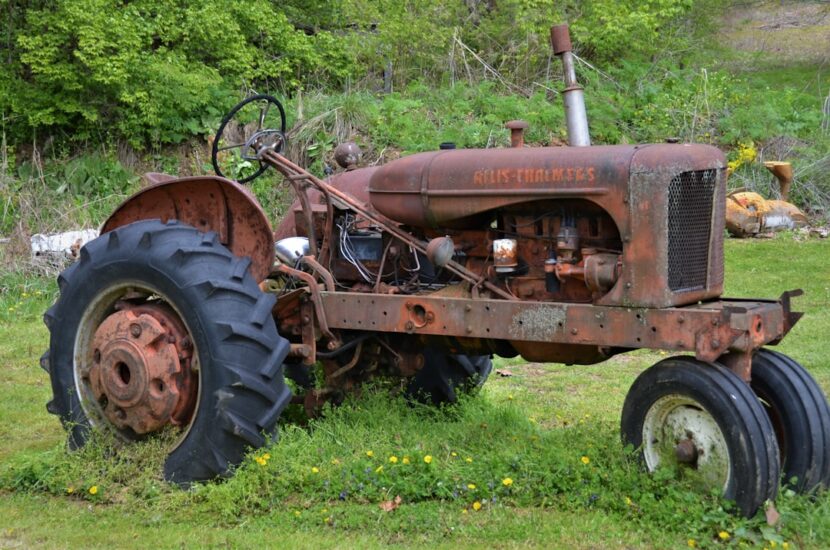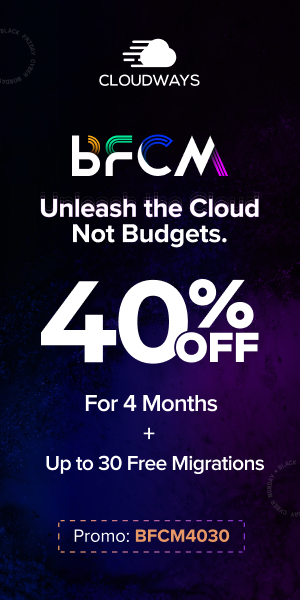Understanding Tractor 3rd Party Insurance Prices

Tractor 3rd party insurance is a specialized form of insurance designed to protect tractor owners and operators from liabilities arising from accidents or incidents involving their vehicles. Unlike comprehensive insurance, which covers damage to the insured vehicle and its driver, third-party insurance focuses solely on the protection of others who may be affected by the insured’s actions. This type of insurance is particularly crucial in agricultural settings, where tractors are often used in public spaces and can pose risks to pedestrians, other vehicles, and property.
In many jurisdictions, having third-party insurance for tractors is not just advisable; it is a legal requirement. This regulation ensures that if a tractor operator causes an accident resulting in injury or property damage, there are financial resources available to compensate the affected parties. The coverage typically includes medical expenses for injuries sustained by third parties, repair costs for damaged property, and legal fees if a lawsuit arises.
Understanding the basics of this insurance is essential for any tractor owner, as it not only safeguards against potential financial ruin but also promotes responsible operation within the community.
Key Takeaways
- Tractor 3rd party insurance is a basic insurance coverage that provides financial protection against damages caused to a third party by the insured tractor.
- Factors affecting tractor 3rd party insurance prices include the age and condition of the tractor, the location where it is operated, and the claims history of the insured.
- Tractor 3rd party insurance coverage typically includes protection against bodily injury, death, and property damage caused to a third party by the insured tractor.
- When comparing tractor 3rd party insurance prices, it’s important to consider the coverage limits, deductibles, and additional benefits offered by different insurance providers.
- Tips for lowering tractor 3rd party insurance costs include maintaining a clean claims history, installing safety features on the tractor, and comparing quotes from multiple insurance providers.
Factors Affecting Tractor 3rd Party Insurance Prices
Several factors influence the pricing of tractor 3rd party insurance, making it essential for potential policyholders to understand these elements when seeking coverage. One of the primary factors is the type and model of the tractor itself. Different tractors have varying levels of risk associated with them based on their size, power, and intended use.
For instance, a high-powered tractor used for heavy-duty farming operations may attract higher premiums compared to a smaller utility tractor used for light tasks. Insurers assess these risks to determine appropriate pricing. Another significant factor is the operator’s experience and driving history.
Insurers often consider the age and experience level of the individual operating the tractor. A seasoned operator with a clean driving record may benefit from lower premiums, while a younger or less experienced driver may face higher rates due to perceived risks. Additionally, the geographical location where the tractor is primarily used can impact insurance costs.
Areas with higher traffic density or a history of accidents may lead to increased premiums due to the higher likelihood of incidents occurring.
Understanding the Coverage of Tractor 3rd Party Insurance

The coverage provided by tractor 3rd party insurance is designed to address various liabilities that may arise from operating a tractor. At its core, this insurance covers damages inflicted on third parties, which can include individuals, vehicles, and property. For example, if a tractor accidentally collides with another vehicle on a public road, the insurance would cover the costs associated with repairing that vehicle and any medical expenses incurred by its occupants.
This aspect of coverage is vital for protecting the financial interests of the tractor owner. Moreover, tractor 3rd party insurance can also extend to cover legal fees in the event that a lawsuit arises from an accident. If a third party decides to take legal action against the tractor operator for damages or injuries sustained, the insurance can help cover the costs associated with legal representation and court fees.
However, it is important to note that this coverage does not extend to damages sustained by the insured tractor or its operator; those would require separate comprehensive or collision insurance policies. Understanding these nuances is crucial for tractor owners to ensure they have adequate protection in place.
Comparing Tractor 3rd Party Insurance Prices
| Insurance Company | Price | Coverage |
|---|---|---|
| ABC Insurance | 500 | Basic coverage |
| XYZ Insurance | 600 | Extended coverage |
| 123 Insurance | 550 | Standard coverage |
When it comes to selecting tractor 3rd party insurance, comparing prices from different providers is an essential step in finding the best deal. Insurance companies often have varying pricing structures based on their assessment of risk and coverage options. Therefore, obtaining quotes from multiple insurers can provide valuable insights into the market rates for this type of coverage.
It is advisable to gather quotes from at least three different providers to ensure a comprehensive comparison. In addition to price, it is important to consider the reputation and reliability of the insurance provider. A lower premium may be enticing, but if the insurer has a history of poor customer service or difficulty in processing claims, it may not be worth the savings.
Reading customer reviews and checking ratings from independent agencies can help gauge an insurer’s reliability. Furthermore, understanding what each policy includes in terms of coverage limits and exclusions is crucial when comparing prices; sometimes a slightly higher premium may offer significantly better coverage.
Tips for Lowering Tractor 3rd Party Insurance Costs
Lowering tractor 3rd party insurance costs can be achieved through several strategies that focus on risk management and proactive measures. One effective approach is to enhance safety training for operators. By investing in training programs that educate drivers about safe operation practices and accident prevention techniques, tractor owners can reduce their risk profile in the eyes of insurers.
Many insurance companies offer discounts for operators who complete recognized safety courses. Another way to lower costs is by increasing deductibles on the policy. A higher deductible means that the insured will pay more out-of-pocket in the event of a claim; however, it often results in lower premium payments.
This strategy can be particularly effective for those who have a good track record of safe operation and are confident in their ability to avoid accidents. Additionally, bundling insurance policies—such as combining tractor insurance with other types of coverage like farm or home insurance—can lead to significant discounts from insurers.
The Importance of Tractor 3rd Party Insurance

Financial Protection
Without adequate coverage, a single incident could result in substantial financial burdens that could jeopardize not only the operator’s livelihood but also their personal assets. Third-party insurance ensures that the operator is protected from financial losses in the event of an accident, allowing them to continue their work without worrying about the financial implications.
Promoting a Culture of Responsibility
Having third-party insurance fosters a culture of responsibility among tractor operators. It encourages them to operate their machinery with care and consideration for others on the road or in nearby areas. This sense of accountability contributes to overall safety within communities where tractors are prevalent, reducing the likelihood of accidents and promoting harmonious coexistence between agricultural activities and public spaces.
Community Safety
By promoting a culture of responsibility and providing financial protection, third-party insurance for tractors plays a vital role in ensuring community safety. It helps to reduce the risk of accidents and promotes a safe and harmonious environment for both agricultural activities and public spaces.
Common Misconceptions about Tractor 3rd Party Insurance Prices
There are several misconceptions surrounding tractor 3rd party insurance prices that can lead potential policyholders astray. One common myth is that all insurers offer similar rates for identical coverage levels. In reality, each insurance company has its own underwriting criteria and risk assessment processes, leading to significant variations in pricing even for comparable policies.
This underscores the importance of shopping around and obtaining multiple quotes before making a decision. Another misconception is that older tractors automatically qualify for lower insurance premiums due to their age. While it may seem logical that older models would be less expensive to insure, this is not always the case.
Insurers consider various factors beyond just age, including safety features, maintenance history, and overall condition of the tractor. In some instances, newer models equipped with advanced safety technology may actually attract lower premiums compared to older models lacking such features.
Finding the Right Tractor 3rd Party Insurance Provider
Finding the right tractor 3rd party insurance provider involves careful consideration of several factors beyond just price. First and foremost, it is essential to evaluate the insurer’s reputation within the industry. Researching customer reviews and ratings can provide insights into how well an insurer handles claims and customer service issues.
A provider with a strong track record of reliability will offer peace of mind when it comes time to file a claim. Additionally, potential policyholders should assess the range of coverage options available from different insurers. Some companies may offer additional benefits or endorsements that can enhance basic third-party coverage, such as roadside assistance or rental reimbursement in case of an accident.
Understanding these options allows tractor owners to tailor their policies according to their specific needs while ensuring they are adequately protected against potential liabilities. In conclusion, navigating the world of tractor 3rd party insurance requires a thorough understanding of its fundamentals, pricing factors, coverage details, and provider options. By being informed and proactive in their approach, tractor owners can secure appropriate coverage that not only meets legal requirements but also provides essential protection against unforeseen events on the road or in agricultural settings.
FAQs
What is tractor 3rd party insurance?
Tractor 3rd party insurance is a type of insurance that provides coverage for damages or injuries caused to a third party by the insured tractor. It is mandatory by law in many countries to have this insurance in place before operating a tractor on public roads.
What does tractor 3rd party insurance cover?
Tractor 3rd party insurance covers the cost of damages or injuries caused to a third party, including their vehicle or property, in the event of an accident involving the insured tractor. It does not cover any damages to the insured tractor itself.
How is the price of tractor 3rd party insurance determined?
The price of tractor 3rd party insurance is determined by various factors, including the tractor’s make and model, its usage, the area of operation, and the claims history of the insured. Insurance companies also take into account the age and experience of the tractor driver.
Is tractor 3rd party insurance mandatory?
In many countries, tractor 3rd party insurance is mandatory by law before operating a tractor on public roads. It is important to check the local regulations to ensure compliance with the law.
Where can I purchase tractor 3rd party insurance?
Tractor 3rd party insurance can be purchased from insurance companies, brokers, or agents specializing in agricultural or commercial vehicle insurance. It is important to compare quotes from different providers to find the best coverage at a competitive price.








